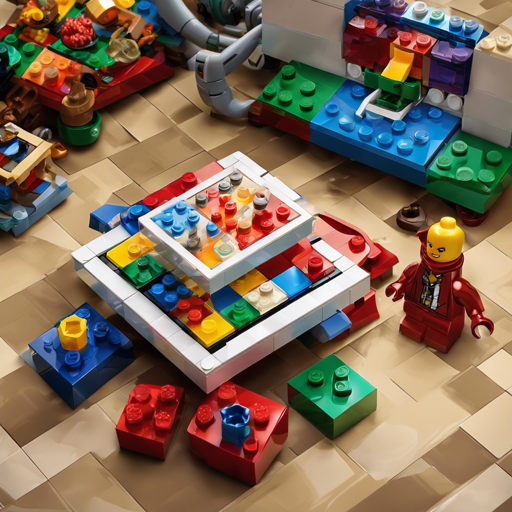The Toy Pad Emulator for Lego Dimensions allows you to connect an emulated Toy Pad to your PC or video game console, making your gaming experience with Lego Dimensions even more immersive! Below is a step-by-step guide on how to install and use it effectively.
Features
- Confirmed working on Cemu, real Wii U, RPCS3, real PS3, real PS4, and real PS5.
- Supports all available characters and vehicles.
- Saves vehicle upgrades.
- Displays the Toy Pad light effects.
- Supports smart scrolling for mobile devices.
- Can be run in a virtual machine on Windows, macOS, and Linux.
- No copyrighted game files are required, nor are any included.
- Can be configured easily by following the instructions below.
Installation
There are two primary installation methods to get you started with the Toy Pad Emulator. Choose the one that suits your needs best:
Option 1: Virtual Machine (Only for Emulators)
Prerequisites
- Either VMware Player (free), VMware Workstation Pro (paid), or Oracle VirtualBox (free).
- Debian 11.1 ISO (newer versions not tested).
- VirtualHere USB Client for Windows, Linux, or macOS.
Guide
- Set up a new virtual machine with Debian using your chosen software. Select the ISO file and set the operating system to Linux – Debian 11.x 64-bit.
- Boot up the Debian VM and follow the installation instructions.
- Log into your Debian VM and open the Terminal.
- Execute the provided commands to install necessary packages and clone the emulator repository.
Option 2: Single Board Computer
Prerequisites
- Raspberry Pi Zero W ($10) or Raspberry Pi 4 B (with USB Power Splitter).
- USB Type-A to micro-USB 2.0 Type-B cable.
- 2 GB+ Micro SD card.
- Internet connection on both your PC and single board computer.
Guide
- Flash Raspberry Pi OS Lite to your SD card and follow the headless installation instructions.
- Connect your Raspberry Pi to your PC using the USB cable.
- SSH into your Raspberry Pi and run the specified commands to set up the emulator.
Usage
Whichever installation method you choose, follow these steps to use the emulator:
- Start the emulator server using the command
node index.js. - Open your web browser and type the designated IP address to access the emulator.
- To stop the emulator, press
Ctrl + Cin the terminal and shut down the virtual machine or Raspberry Pi.
Troubleshooting
In case you encounter issues, here are some troubleshooting tips:
- RPCS3 cannot detect the Toy Pad: Run Zadig and replace the driver with WinUSB.
- Webpage not reachable: Ensure your virtual machine is set to “Bridged Adapter” in Network settings.
- Error: listen EADDRINUSE: Close other applications using port 80 or edit the
index.jsfile.
For more insights, updates, or to collaborate on AI development projects, stay connected with fxis.ai.
Conclusion
At fxis.ai, we believe that such advancements are crucial for the future of AI, as they enable more comprehensive and effective solutions. Our team is continually exploring new methodologies to push the envelope in artificial intelligence, ensuring that our clients benefit from the latest technological innovations.

